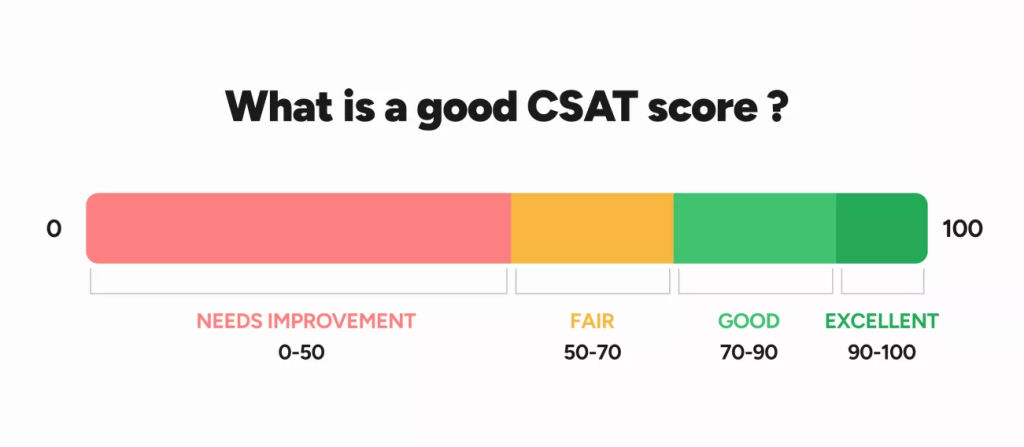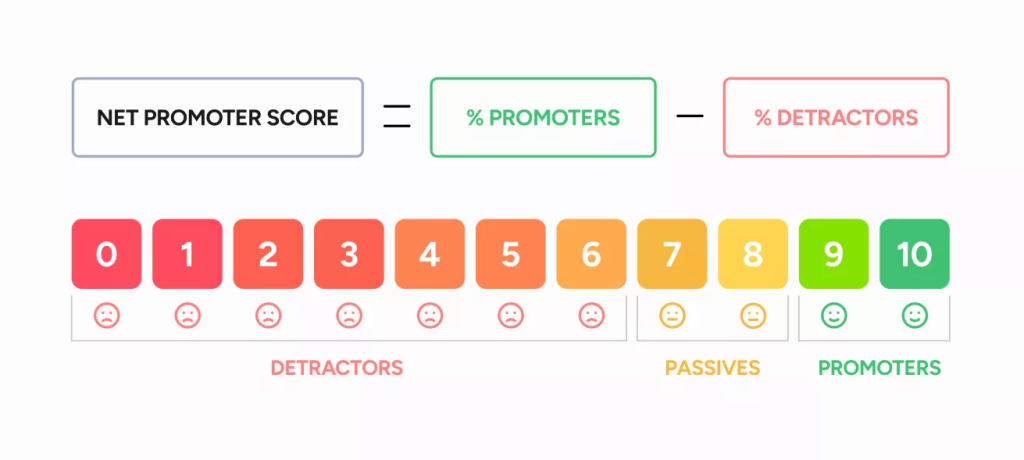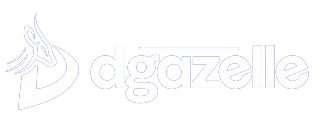Introduction
Customer experience, or CX, is the first impression that a business leaves on its patrons, shaping their perception of it and ultimately fostering brand loyalty. If there’s one thing I know about CX, it’s that using metrics to measure it can help increase customer retention.
75% of consumers will purchase more for products from companies that offer them a positive experience, according to the Zendesk Customer Experience Trends Report. Consequently, more than 60% of CX managers state that their organization now places a higher priority on customer experience than it did a year ago.
Measuring customer experience and pinpointing opportunities for improvement is more crucial than ever in light of the increased focus on CX. Learn which CX metrics offer the greatest insight and how to use that information to continuously improve the customer experience to position yourself for success.
What is customer experience?
Customer experience (CX) refers to the journey of a customer’s or prospective customer’s interactions with a firm.
I find it useful to consider that a customer’s experience begins the moment they learn about my company and proceed through the purchasing process. Furthermore, CX encompasses the weeks, months, or even years that pass after a consumer utilizes my service or product.
Whatever kind of business you own, you most likely put a lot of effort into attracting customers and convincing them to buy from you. However, it’s also critical to consider the big picture. That can entail offering assistance to your clients years from now.
Why is this extra effort and money worth it to the business? Gaining new customers is more expensive than keeping current ones, and 65% of consumers claim they would stop doing business with a company after a negative encounter.
Measuring Customer Experience
Customer experience is best thought of as a puzzle. Customer support is but one component of the whole. You want customers to respond favorably to your marketing and advertising campaigns. It should be simple for them to use your goods or services. Additionally, your staff ought to respond to them right away. All these components work together to create a satisfying experience for your customers.
There are two main approaches to CX evaluation:
After a customer interacts with your business, ask them directly about their experience by sending them questionnaires or survey.
Monitor first-party customer support data to gain insight into the kind of customer experience (in terms of quality, speed, and efficiency) your team is offering.
When measuring customer experience, i recommend a combination of the two approaches. Customer service surveys allow your consumers to provide feedback on how well you’re doing, while KPIs for customer service help you define performance targets and goals.
You may monitor hundreds of distinct customer experience metrics, some of which are more crucial than others based on the kind of business you run. However, it in experience the metrics below are standard across all businesses.
1. Customer Satisfaction Score (CSAT)
Despite being primarily employed as a measure of customer service, CSAT can also provide insight into the customer experience, as support contacts constitute a significant portion of customer experience (CX). This is a short survey that asks about a customer’s level of satisfaction after dealing with your company.
Consumers typically assign ratings on a 0–5 or 0–10 scale. In any case, you acquire a percentage of satisfied consumers by multiplying your average score by 100. Because the scores range from 0 to 100, this makes them all comparable:
How to Calculate CSAT
All you have to do is send out a survey right after a purchase or interaction to find out CSAT. On a similar scale, this survey will inquire about the customer’s level of satisfaction with their experience. The survey’s average score is known as the CSAT.

Source: Apizee
The percentage of clients that give you a low rating is represented by your DSAT (customer dissatisfaction) score. While low scores suggest some touchpoints need work, high scores reflect a positive physical and digital consumer experience.
2. Net Promoter Score (NPS)
One of the primary tools for assessing customer experience is the Net Promoter Score (NPS). The percentage of consumers that adore, tolerate, or detest your brand will be revealed to you by your net promoter score (NPS). I know it hurts to hear that some consumers don’t like your brand, but you need to know this information in order to make the necessary adjustments to enhance the customer experience.
An NPS score splits your answers into three groups:
Promoters (who score between 9-10)
Passives (who score between 7-8)
Detractors (who score between 0-6)

Source: Apizee
How to Calculate NPS
On a scale of 0 to 10, you will ask your customers in a survey how likely they are to suggest your business to a friend in order to determine their net promoter score (NPS). Detractors receive scores 0–6, passives receive scores 7-8, while promoters receive scores 9–10.
The percentage of detractor responses deducted from promoter responses is your net promoter score (NPS).
3. Customer Effort Score (CES)
Your clients desire straightforward encounters, if they’re anything like mine. Navigating via your website should be simple. It should be simple to assemble and operate your products. And the consumer should find it simple to get in touch with your customer support representatives.
The Customer Effort Score (CES) gauges how well customers communicate with your customer support representatives or product. According to a study by Salesforce, 80% of consumers think that a company’s customer experience is just as significant as its goods or services.

Source: Apizee
How to Calculate NPS
The total number of survey responses you received divided by the sum of your customer effort evaluations is how you compute customer experience points, or CES.
If users are rating a product as being difficult to use, you should come up with creative solutions to improve its usability. For example, if your website’s menu is difficult to find, you should rebuild it or use a simpler style to enhance the user experience.
4. customer’s lifetime value (CLV)
A customer’s lifetime value (CLV) indicates the total contribution customers have made to a company over the course of their relationship. Put differently, their perceived value or worth to a company. The computation also accounts for the cost incurred by the company to retain that client.
It’s a useful measure of customer satisfaction since it allows you to track whether customers are spending less money with you or are more satisfied and making more purchases over time.
How to Calculate CLV
The customer value multiplied by the average customer lifespan yields the CLV.
Generally speaking, the CLV increases with improved CX. However, you can identify the reason and come up with ways to increase the CLV if you notice that the consumer is spending less over time.
5. Rate of Customer Churn
The percentage of your consumers or subscribers who cancel or choose not to renew their subscriptions within a specific time frame is known as your churn rate.
Preventing customer churn is a challenge for many businesses with as many as 20% of service providers. Even while turnover is unavoidable, it’s crucial to understand why it’s occurring in your business so you can minimize it.
How to Calculate churn rate.
You will need to keep track of the quantity of consumers over certain times in order to determine your churn rate. Next, apply this equation:
([beginning of the period customers] – [ending of the period customers]) ÷ (beginning of the period customers) × 100
Assume that you lost five of the 200 clients you had at the beginning of the month.
(200 – 195 customers from start to finish) ÷ 200 customers at the beginning of the month × 100 = Churn rate of 1.7%
6. Customers Retention Rate
The churn rate and the customer retention rate are basically the two sides of a coin, and according to 31% of service industry professionals, boosting client retention is one of their top priorities. This CX metric calculates a company’s customer retention rate over a certain time period and is useful in assessing client loyalty.
Customer retention rate is the percentage of customers who stick with your company for an extended length of time. It displays how well your business is able to maintain happy, engaged, and devoted current clients through your CX.
However, because you have to account for the consumers you acquired, lost, and retained over a predetermined period of time, calculating retention rate is a little trickier.
How to Calculate the rate of retention:
([Number of customers at end of period – Number of new customers acquired during same period] ÷ Number of customers at start of period) × 100
Decide on the duration, which might be one week, one month, one year, etc.
Commence with the quantity of clients you have at the conclusion of that predetermined time frame.
Deduct the number of new clients you acquired within the allotted time.
The number that results is divided by the total number of clients you had at the start of the month.
To obtain a percentage, multiply the outcome by 100.
The goal should be to attract new clients who eventually turn into devoted ones, all while maintaining a high retention rate. If your sales are strong but your retention rate is low, you should find out why customers are coming in for one or two purchases and then walking away from your company.
7. Customer Journey Analytics
Analyzing the client journey with your analytics is another way to gauge the quality of the customer experience. In order to provide a better customer experience, 23% of service professionals have set out to better understand the customer journey.
You may get information about the needs, pain areas, and motivations of your customers from your customer journey map. Additionally, it will assist you in comprehending every interaction a customer has during their journey. And that’s how you’ll compile the metrics for your customer journey.
Analyzing Customer Journey
You should definitely start gathering information from your website, social media accounts, advertisements, business events, product evaluations, onboarding, customer loyalty programs, emails, and surveys in order to examine the client journey. The metrics of your touch points can then be reported on a page or tab on your customer journey map, allowing you to assess the overall quality of your client experience.
8. Trends in Customer Support Ticketing
In 2023, 48% of service industry professionals reported receiving more customer service inquiries. To identify patterns affecting the customer experience, review your customer support tickets.
Are there any persistent problems that your clients are having trouble with? If so, make an effort to enhance them as they arise. Based on the tendencies you found, you can determine that you need to make product modifications, explanation videos, or clearer instructions.
Analyzing Ticket Trends for Customer Support
First response time, average handle time, and first call resolution are important customer support ticket metrics and trends to examine. From the standpoint of customer service, you can enhance the customer experience with the aid of these analytics.
Customer experience metrics best practices
CX metrics and KPIs provide you with numerical benchmarks to monitor development and advancement. To make sure you don’t misinterpret your data, you should adhere to these three best practices.
Analyze consumer experience from all angles.
Your customer experience measurements are influenced by several events, factors, and touchpoints. You need to know when and why people feel a specific way in order to have a full picture.
Customers might, for instance, become irritated with a staggered onboarding process or appreciate your prompt support responses. To provide a detailed picture of the whole experience you offer, you must combine quantitative and qualitative research methods.
- This information about consumer behavior can be obtained by:
- Surveys (via email, post-support chat, and pop-up windows on websites)
- In-person interviews (such as one-on-one conversations, focus groups, and research sessions with incentives)
- Email-based conversations
In addition to doing direct surveys and interviews, you can find out what clients think of your company by:
- perusing evaluations
- Analyzing the behavior of your website
- Monitoring brand mentions on social media
- interviewing staff members, such as customer service representatives and sales representatives
Each of these formats can point you in the direction of additional customer journey feedback gathering points (such shipping experiences), allowing you to enhance the process.
How to Determine Customer Experience Accurately
The secret to accurately gauging the customer experience is to use CX measurements. Surveys, retention and churn rates, and customer trend data can all be used to gauge how satisfied your customers are at each stage of the process and if they’ll recommend your business to others or return later.
Initiate customer experience monitoring so you can implement the business changes required to increase revenue and client retention.
GET IN TOUCH
Dgazelle can help you differentiate yourself from the competition by facilitating more engaging, tailored support conversations that consumers will value.







